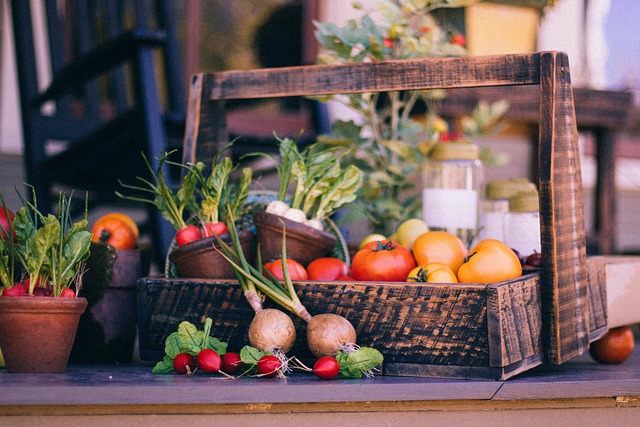During the First World War, Germany had to heavily ration food items, such as coffee, fruits, vegetables, etc. So, to mitigate this crisis, they created the “Kleingarten” in cities. Kleingarten means “small garden,” and they were installed within urban areas. Residents grew as much produce as possible until the war ended and even afterward when the German economy was destroyed. To this day, these plots are still all over Germany, but now they are also a weekend getaway. During the Second World War, the US government strongly encouraged creating these plots called “victory gardens.” The food grown and collected from these plots was used by both residents; some of it was even shipped for the troops. After the war, as the US economy boomed, these “victory gardens” disappeared.
Over the decades, more and more community plots have been popping up all over the US, even in dense cities such as our own San Francisco. Our neighbor alone, for example, gives up surplus kale, tomatoes, and other great veggies. Another neighbor, tired of paying exorbitant prices for blueberries and raspberries, has taken it upon herself to plant raspberry bushes. At this point, these plots are more of a hobby since the owners are not dependent on the food grown for survival, but what if we treated them as such? And this is not because I am an alarmist and feel that we are going to run out of food by the end of the year, but rather because growing our food is a sustainable practice, which is not only cheaper but can have a positive impact on the environment for obvious reasons, such as utilizing adjacent or nearby land to grow our food instead of shipping it in from far away, packing it, refrigerating it, and so on. Additionally, some of the small crops we grow, if they are not crucial for us, can be donated to soup kitchens, homeless shelters, and even directly to homeless people themselves.
As I have written in previous articles, there is a wealth of open space, even in urban cities, which can be used for gardening and micro-farming. Not only are there underutilized roads, vacant lots, and other lands all over, but we also have a wealth of farmable surfaces directly above us: our roofs. Roof gardens provide better house insulation, which saves on energy costs, and they are also great for growing fruits and vegetables since they get the most sun unless there is a huge structure next door casting a large shadow. In most cases, roof gardens pose a higher initial cost. However, in all cases, they do provide savings, not just concerning energy costs, as noted above, but also because roof gardens can extend the lifecycle of roofs, which means you save money by not having to replace your roof as often. Also, depending on where you live, rainwater and rainwater harvesting can minimize the cost of irrigation.

